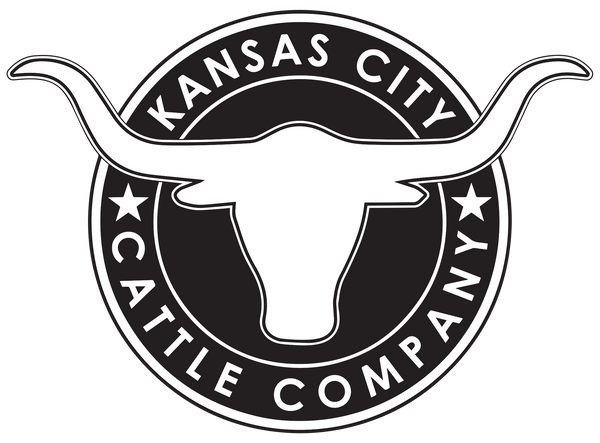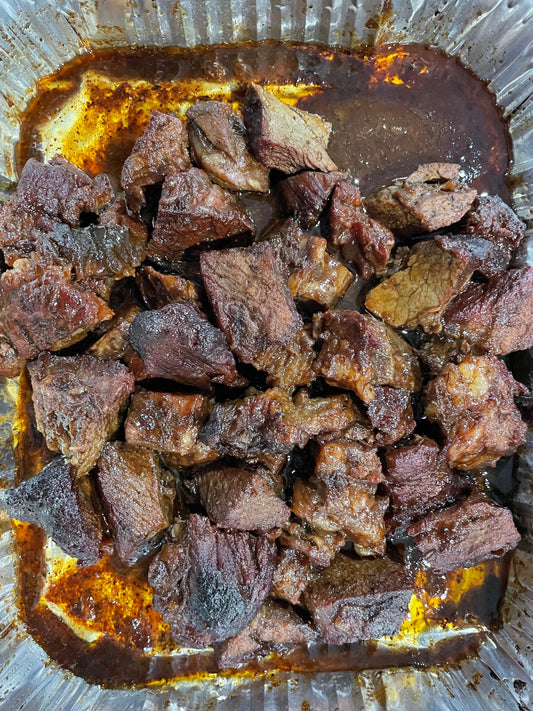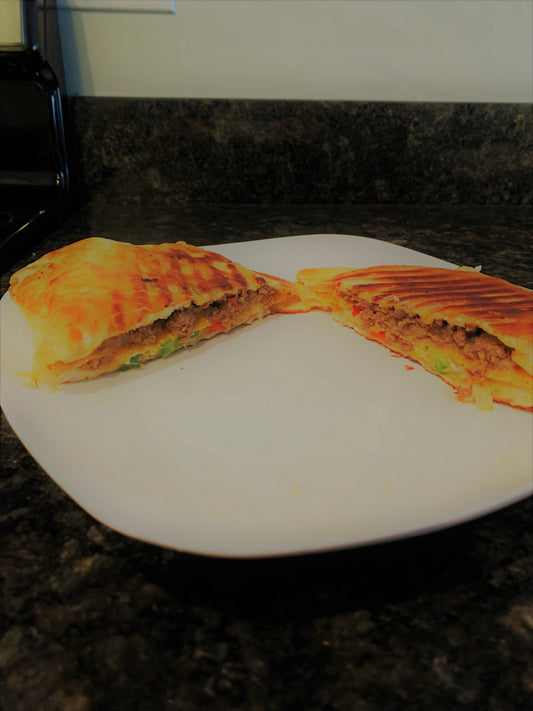The Japanese are renowned for many contributions to modern society. Toyota, Sony, Honda Motors, Nikon, Nintendo, and PlayStation are just a few you have probably used in your lifetime, but if you look back further a few hundred years you’ll find a Japanese influence that we at KC Cattle Company are most thankful for. That’s right, you guessed it, Wagyu beef.
Wagyu, in Japanese, translates to Japanese cow. In the early days of agriculture in Japan, the consumption of flesh was forbidden, thus cattle were genetically selected for their ability as draft animals. This means they were used to pull plows for row crop cultivation. Due to European influences, the people of Japan began to use cattle as a food production animal. The cross between European breeds and domestic Japanese breeds of cattle added size to the traditionally small frame Japanese cattle breeds. However, through selecting generation upon generation of draft animals, a new prominent mutation developed in their breed. As Wagyu bloodlines developed over time, this mutation allowed for the greater abundance of deposition of intramuscular fat (aka marbling) we see in Wagyu today. This genetic marker has been identified with modern technology as GH Exon 5.
Another added benefit of the Japanese selection process is the lower melting point of the intramuscular fat (marbling) found in Wagyu. This trait is well-known for being more palatable to most consumers. More recently, this marbling gene has been identified within modern science communities as Stearoyl CoA Desaturase.
How did this breed of delicious cattle cross the ocean and make its way to America you ask? In 1975, the original seed stock of Wagyu made their voyage to America. This shipment consisted of two black and two red sires (bulls). More shipments of full blood Wagyu came to America from Japan in 1989 and early 1990s. These original animals became the foundation for America Wagyu beef. In next month’s Wagyu post, I am going to cover all the negative publicity the American Wagyu breed is facing and present some ways for you, the consumer, to prevent being duped next time you order Wagyu beef. Until next time.
RLTW,
Pat
Afterthought: this is beginning of many articles from KC Cattle Company. We will have a weekly rotating schedule of topics centered around the values we care about. The topics each month will be Wagyu, Veterans, Cooking, Agriculture, and a guest post or wild card. If you have something you want to know more about relating to one of these topics, contact me and let me know. I’ll do my best to come up with an easy to understand article relating to your question.




2 comments
better than most store brands very delicious
Hello, Are the cattle grass fed and considered organic? Thank you.